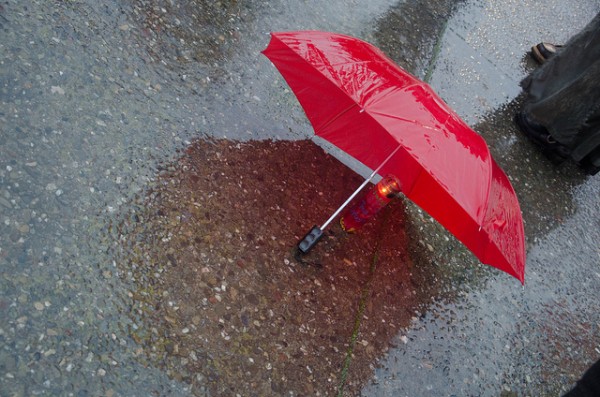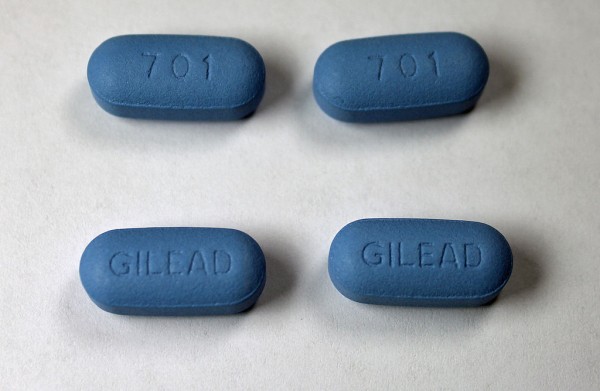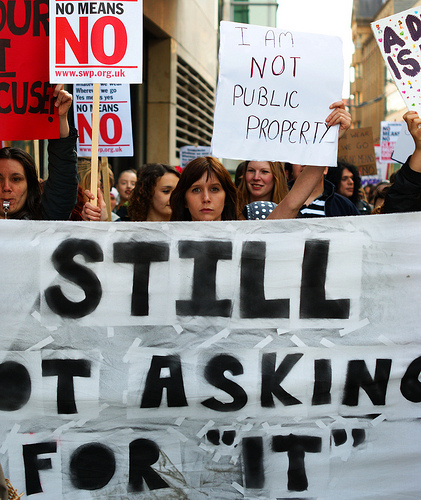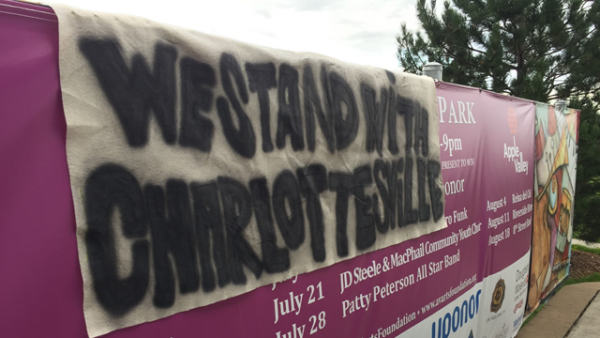For Their Own Good: SWOP-Phoenix’s Campaign Against Diversion Intiatives

SWOP-Phoenix, a new branch of national sex workers’ rights organization Sex Workers Outreach Project, mounted a campaign this year against the Project ROSE (Reaching Out To The Sexually Exploited) Prostitution Diversion Initiative, in which Phoenix police and students from the Arizona State University School of Social Work team up twice a year to arrest local sex workers who then face criminal charges or a six-month diversion program. After SWOP-Phoenix protested against Project ROSE in May, one of the protest participants was picked up by an undercover officer the following night and taken to the Project ROSE site. The SWOP member, Monica Jones, an accomplished activist and a student who takes courses at the ASU School of Social Work herself, was deemed ineligible for diversion, and now faces up to six months in jail. Fellow Phoenix activists started an indiegogo fundraiser for Jones’ legal defense. I interviewed SWOP-Phoenix member Jaclyn Moskal-Dairman over the course of a week. The following is modified from the Google doc shared between us as an outgrowth of an email interview.
One of your members, Monica Jones, was arrested for “manifestation of prostitution” after participating in the protests against Project Rose. Jones was in the diversion program before, and spoke eloquently about her experience being mistreated there as a trans woman and a student sex worker. Can you tell me more about her case?
We believe Monica was targeted by the Phoenix police department. The evening after she spoke at the protest she was walking to a bar in her neighborhood. She accepted a ride from what turned out to be an undercover cop. He began to solicit her and she warned him he that he should be careful because of the Project ROSE stings that were going on that evening. He kept propositioning her and she asked to be let out of his vehicle. He did not let her out and actually changed lanes so she couldn’t exit the car. She was frightened and thought she was being kidnapped (which she was). She asked him if he was a cop, because she didn’t want to assault an officer. They were pulled over for a “routine traffic stop” and she was placed under arrest for the intent to manifest prostitution.
What was SWOP-Phoenix’s response when you first heard about Project ROSE? What would you say to those who claim that diversion is at least an improvement over wholesale incarceration?
When I heard about Project ROSE through an activist friend I set out to interview the professor at the ASU School of Social Work who spearheaded the initiative, Dr. Dominique Roe-Sepowitz. As a researcher, I tried my best to go into the interview unbiased until I had all of the details. Upon completing the interview I confronted Dr. Roe-Sepowitz about what I felt was wrong with Project ROSE, particularly the inherent contradiction of fighting coercion with coercion. Dr. Roe-Sepowitz explained that the initiative is completely police-driven. The School of Social Work has community organizations meet the apprehended community members at the initiative’s command post at Bethany Bible Church. The arrestees are met with prosecutors, as well as “tour guides,” who are ex-sex workers, and are told that they can have access to hygiene products, a hot meal, clothing, detox, mental healthcare, healthcare, safe housing and more, if they meet the eligibility criteria. After the interview, I compiled the research and met with a couple of activists from the Phoenix Harm Reduction Organization to discuss what we should do about it. They knew some folks from SWOP Tucson (who are incredible and have been supportive and essential in the creation of the Phoenix chapter) and SWOP PHX was formed as an emergency response. We immediately reached out to other activists and organizations, such as members of [immigrant rights organization] Puente and Arizona Prison Watch, and began to strategize. We found out the exact dates of the next stings and began street and internet outreach to inform workers of the impending raids, handing out pamphlets and Know Your Rights information. We also protested outside of the Project ROSE command post, Bethany Bible Church.



 For our readers who’d like to help, we put together a list of local organizations which stand against white supremacy and fundraisers for victims of the white nationalist violence at Charlottesville:
For our readers who’d like to help, we put together a list of local organizations which stand against white supremacy and fundraisers for victims of the white nationalist violence at Charlottesville: